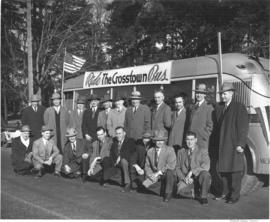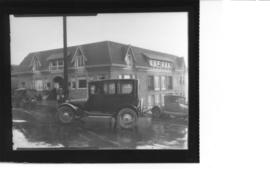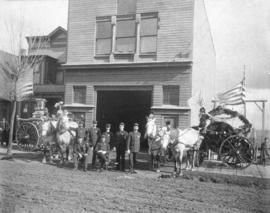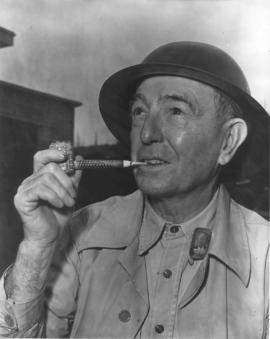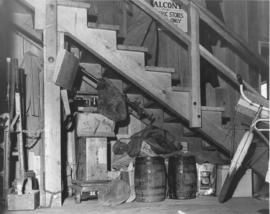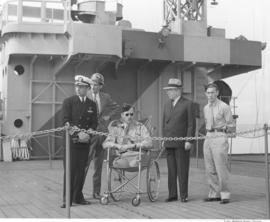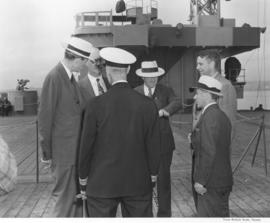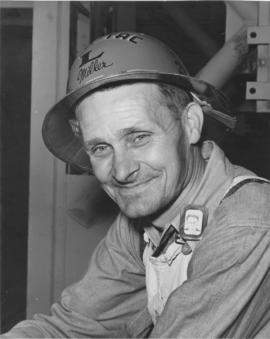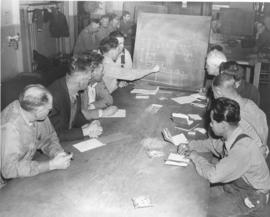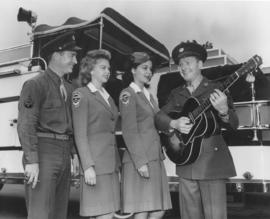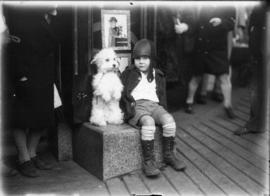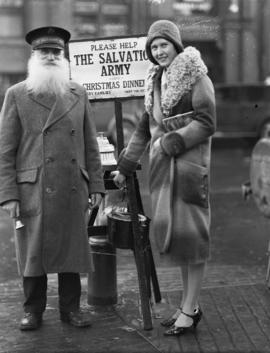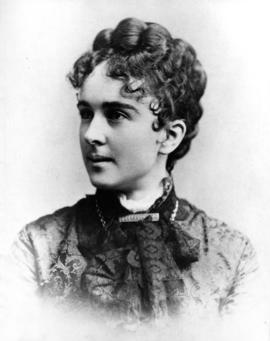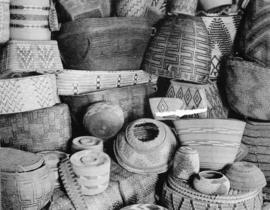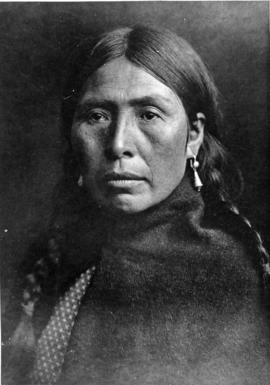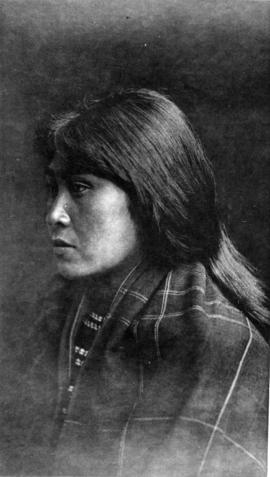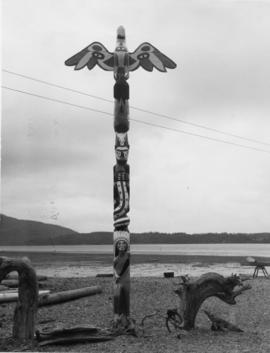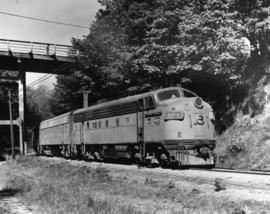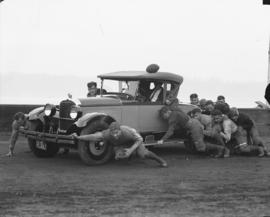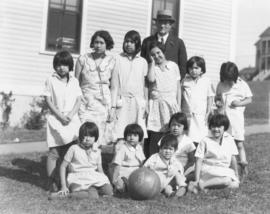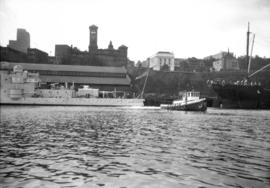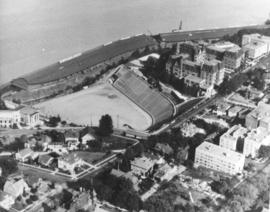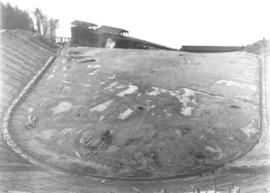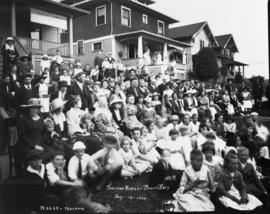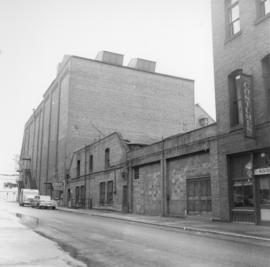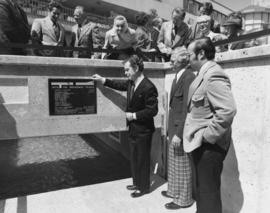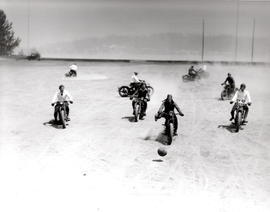- Item
- 1948-03
Part of Richards Studio Photographs
South Tacoma business leaders appealed to the Tacoma Tansit Company to save the cross-town bus line. It was announced January 21, 1948, that a cross-town bus service would begin a 60-day trial. This run had been tested twice before and failed. The service would connect the College of Puget Sound at North 21st and Alder to South Tacoma Way along Alder, Cedar and Union, past Bellarmine, to South 56th. It was reported on March 29th that the service would be discontinued due to poor patronage. The average passenger per mile usage was 2.02, short of the 3.0 passenger/mile needed to cover the costs of the service. A last minute appeal was made by the South Tacoma Business Men's Club and the 6th Avenue Commercial Club. They were unsuccessful in their attempt. Bus fares were 10 cents at this time. An American flag is attached to the front of the bus. (T.Times, 1/21/1948; TNT, 3/1/1948 & 3/29/1948)
Tacoma Transit Co. (Tacoma); Buses--Tacoma--1940-1950; Bus stops--Tacoma; Mass transit--Tacoma--1940-1950; Business people--Tacoma--1940-1950; Publicity; City & town life--Tacoma--1940-1950;
